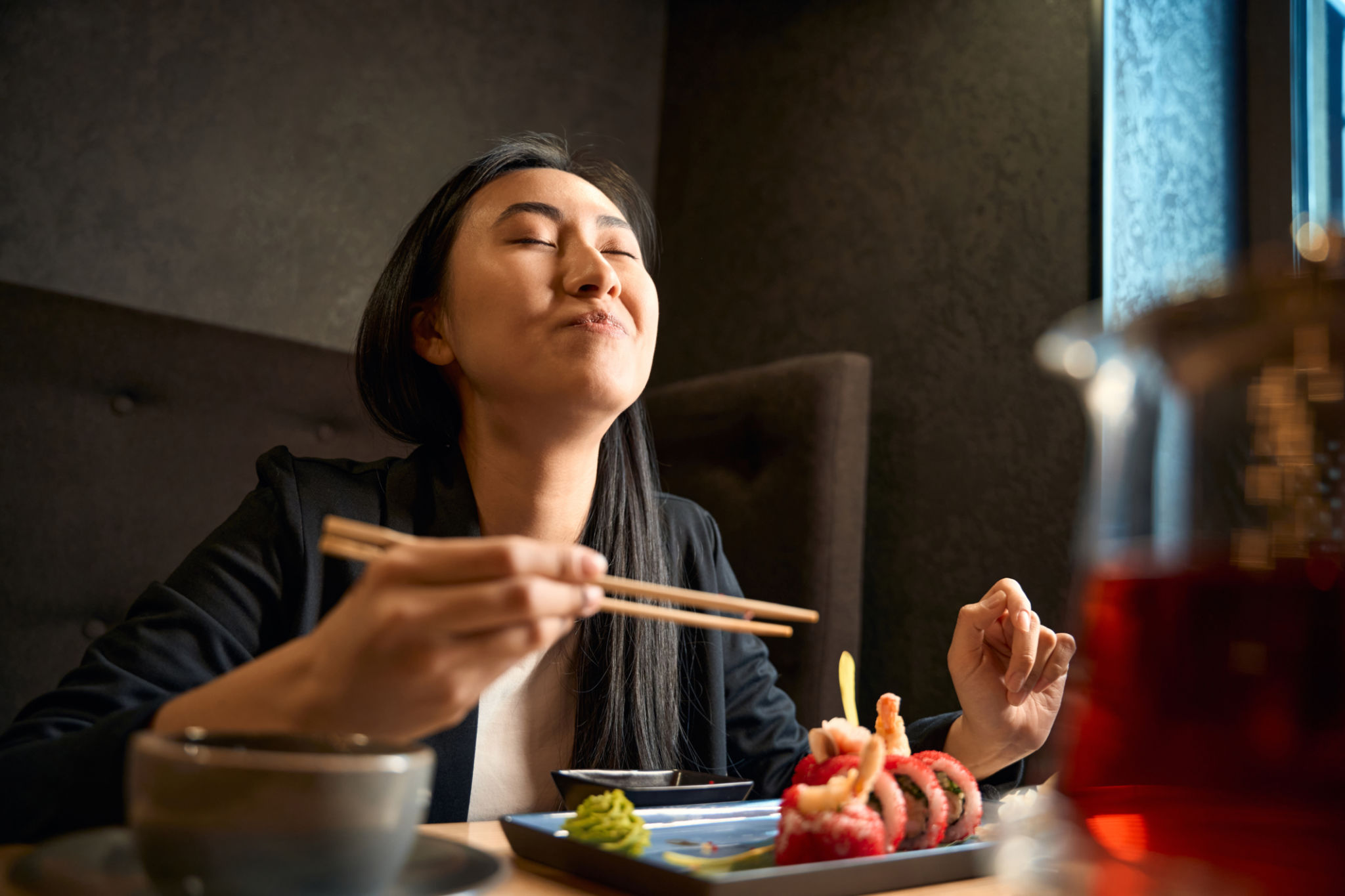The Art of Degustation: Curating a Tasting Menu at Home
Introduction to Degustation
Degustation, the art of tasting, offers a culinary journey that engages all the senses. By curating a tasting menu at home, you can transform a simple meal into a memorable experience. This approach allows you to explore a variety of flavors, textures, and presentations, creating an intimate gastronomic adventure.
Curating a tasting menu is not just about the food; it's about the experience. It involves careful planning, creativity, and attention to detail. Whether you're hosting a dinner party or planning a special evening, a degustation menu can elevate the occasion.

Understanding the Basics
A traditional tasting menu consists of multiple small courses, each designed to highlight different flavors and techniques. The goal is to offer a balanced progression of dishes, allowing guests to savor each bite without feeling overwhelmed.
Consider the following components when planning your menu:
- Variety: Incorporate diverse ingredients and cooking methods.
- Balance: Mix rich and light dishes to maintain interest.
- Seasonality: Use fresh, seasonal ingredients for optimal flavor.
Planning Your Menu
When planning your tasting menu, start by selecting a theme or cuisine. This can guide your choices and create a cohesive experience. Consider the preferences and dietary restrictions of your guests, ensuring there is something for everyone to enjoy.
Typically, a home tasting menu might include 5 to 7 courses:
- Amuse-bouche
- Appetizer
- Fish or seafood course
- Main course
- Palate cleanser
- Dessert
- Petit fours or cheese

Preparation and Presentation
Preparation is key to a successful tasting menu. Each dish should be prepped in advance as much as possible, allowing you to focus on presentation during the meal. Consider the plating of each course, using color and arrangement to create visual appeal.
Presentation is an art form in itself. Use different textures and garnishes to enhance the look of each dish. Remember, the goal is to excite not just the taste buds but also the eyes.

Enhancing the Experience
Pairing your tasting menu with complementary wines or beverages can elevate the experience. Consider offering a small wine pairing with each course, or create unique cocktails that match the theme of your menu. This addition can enhance the flavors and create a more immersive experience.
Setting the right ambiance is also crucial. Soft lighting, elegant table settings, and background music can transform your dining room into a fine dining venue. Every detail contributes to the overall experience.
Conclusion
Creating a tasting menu at home is a rewarding endeavor that allows you to explore culinary creativity. By focusing on flavors, presentation, and ambiance, you can craft an unforgettable dining experience that delights your guests.
Whether you're a seasoned chef or a home cook looking to try something new, the art of degustation offers endless possibilities for enjoyment and exploration.
